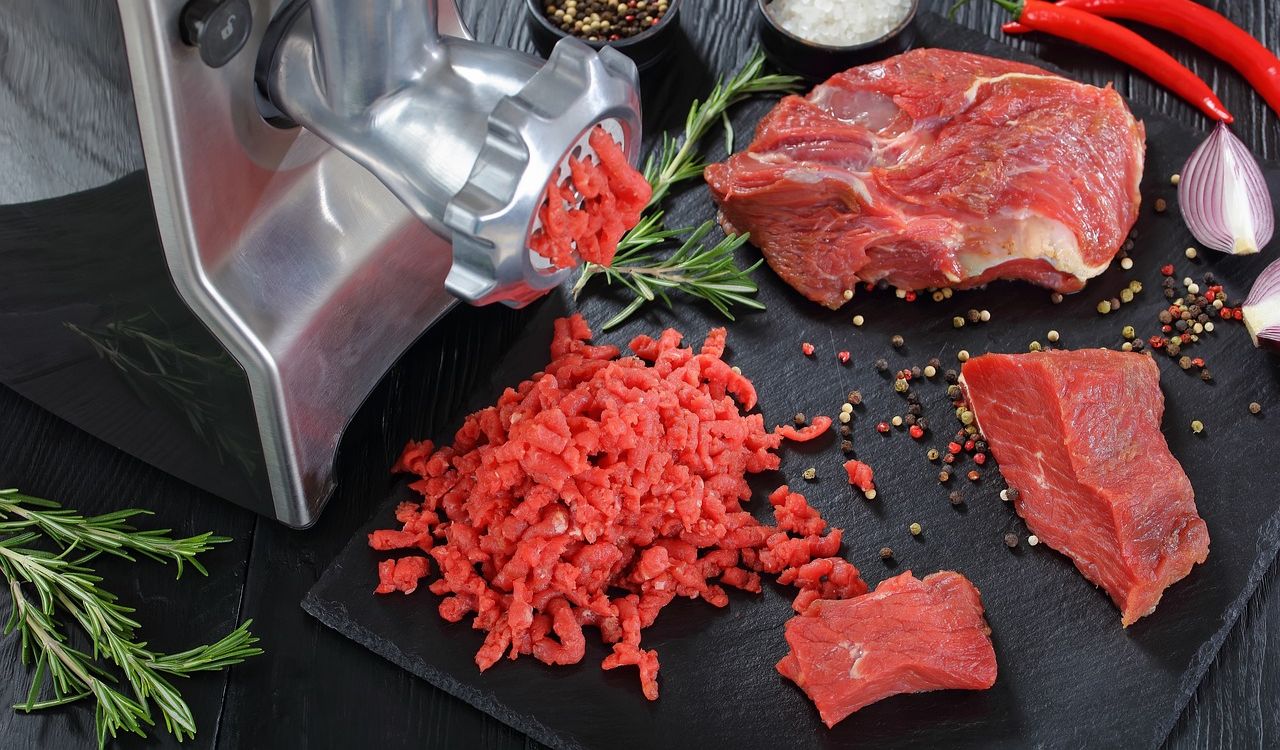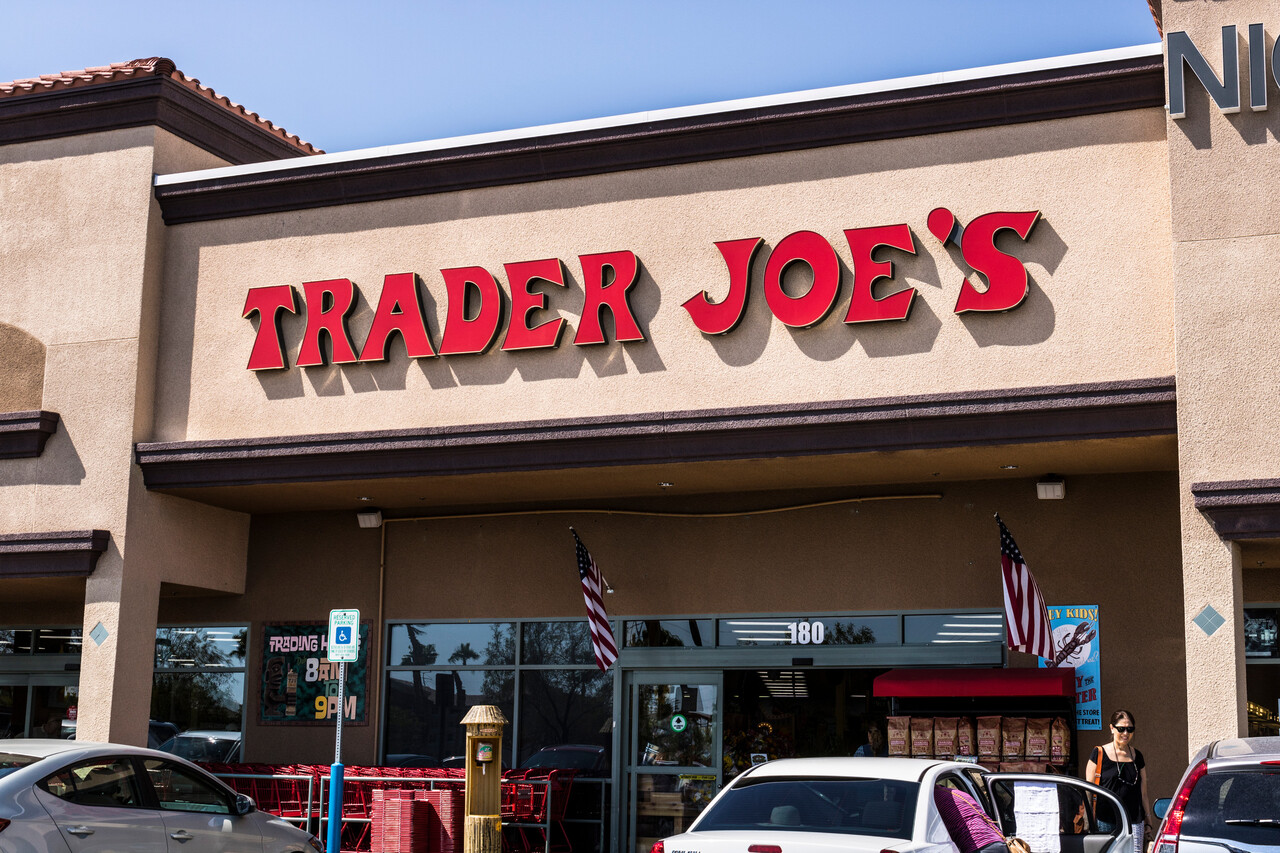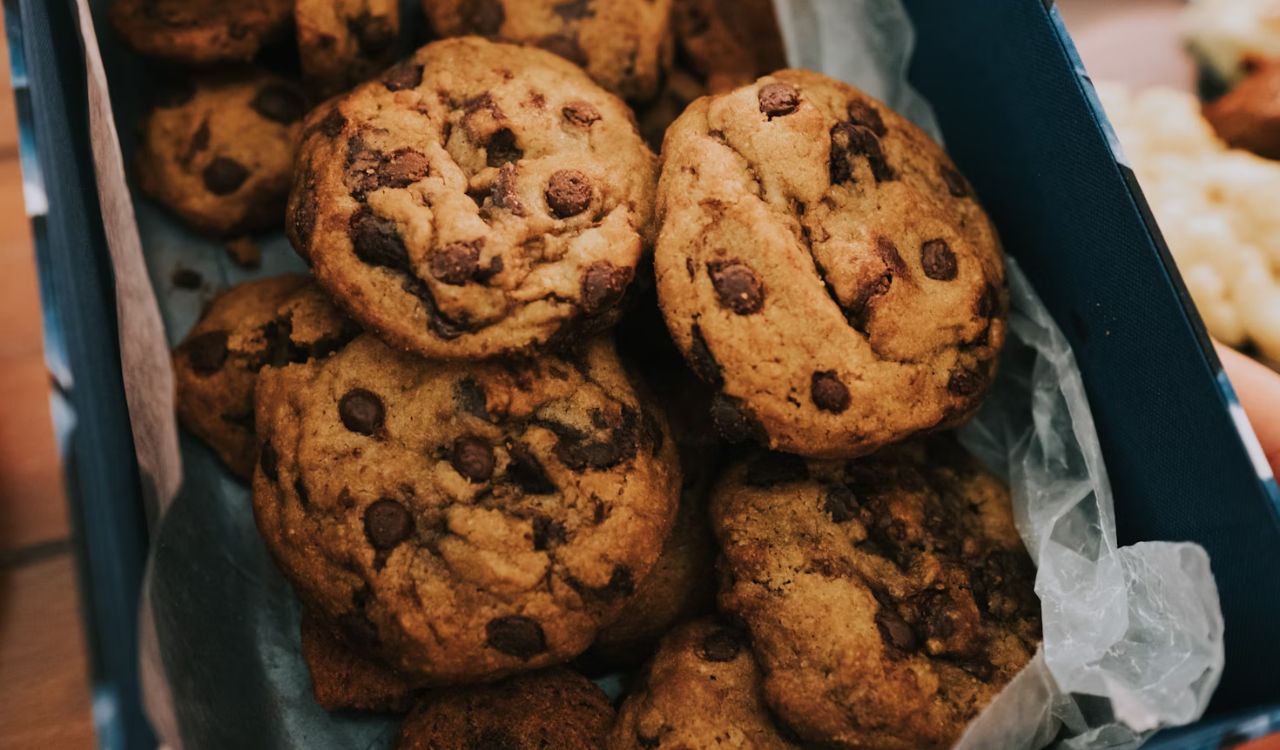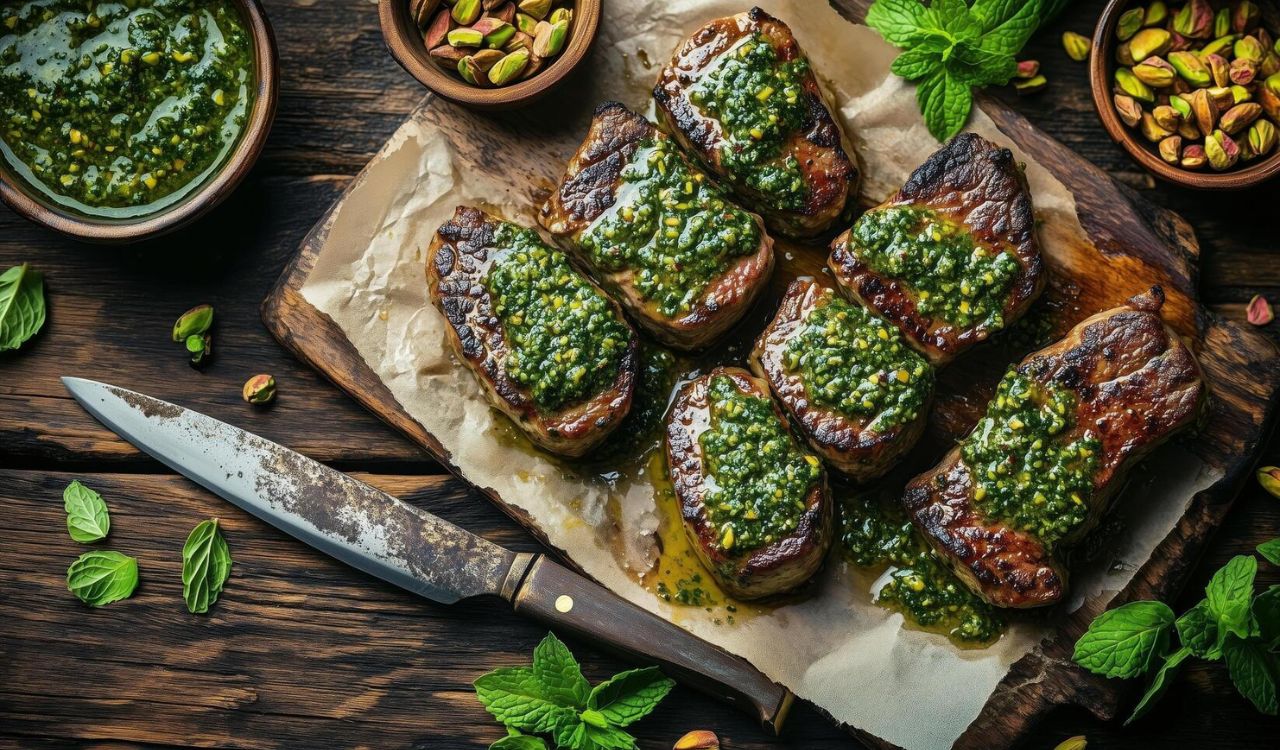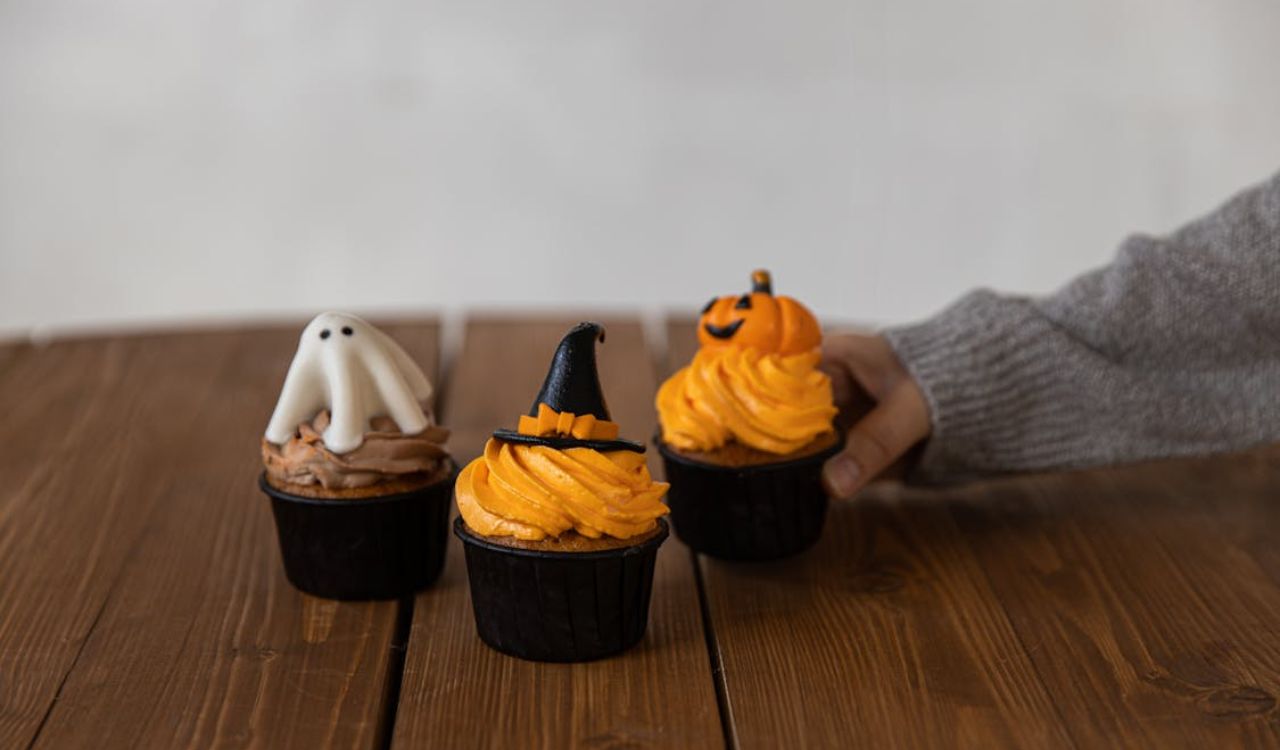8 Cheap Beer Brands in the US You’ll Want to Avoid
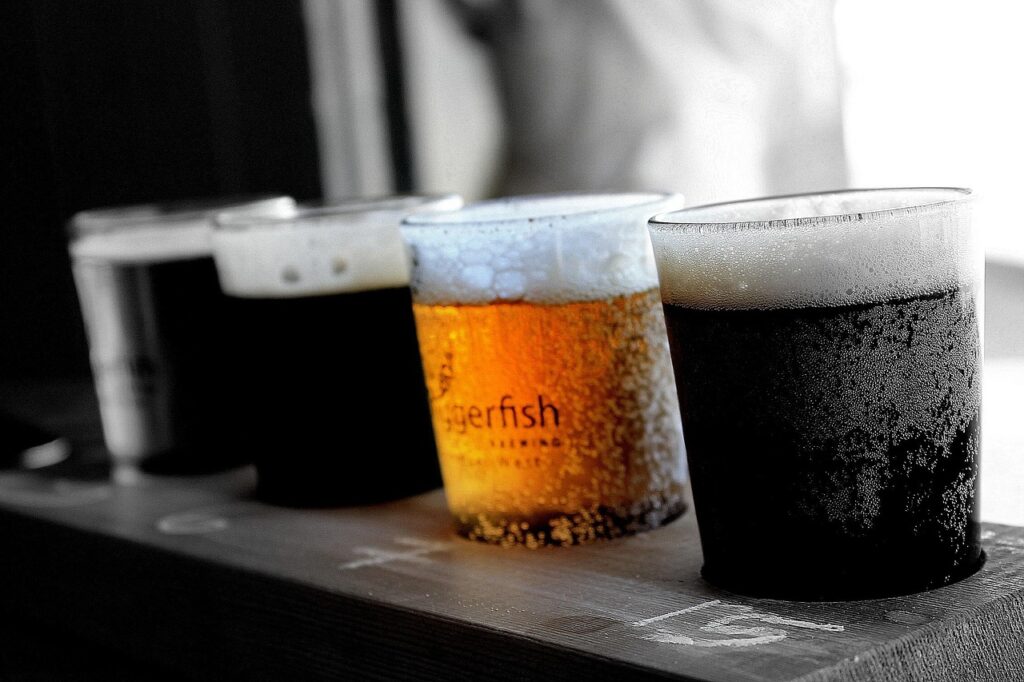
Everyone loves a good deal, especially when it comes to beer. But here’s the thing: not every low price equals value. Some cheap beers rely on shortcuts that strip away real flavor, balance, and freshness. You’re left with something that tastes metallic, overly sweet, or just plain flat. These aren’t the kind of drinks that make you want another round; they’re the ones you quietly abandon halfway through. Before you grab a budget six-pack, here are eight brands you’ll probably want to skip.
1. Natural Ice
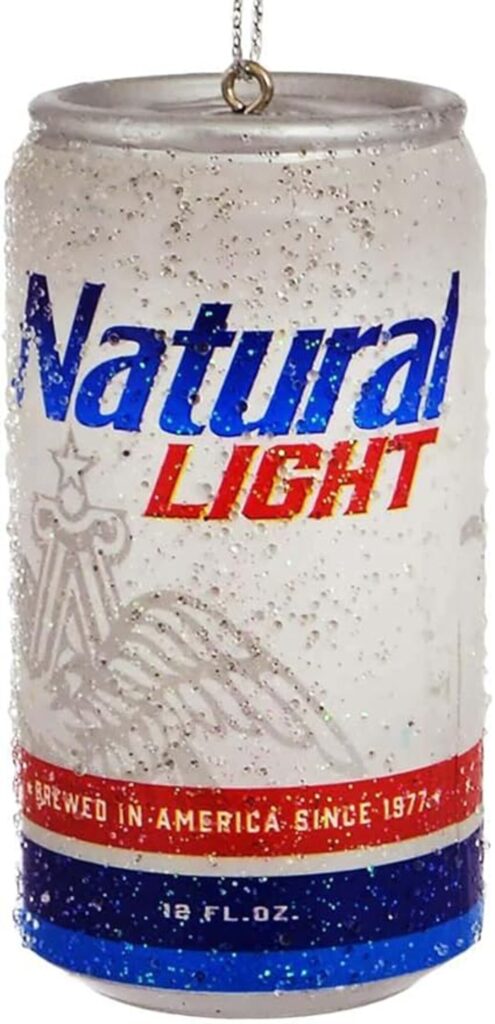
Natural Ice has a reputation as the classic college party beer: cheap, strong, and available everywhere. But if you’ve ever taken a sip without it being ice-cold, you know how rough it gets. The taste is a mix of watery sweetness and harsh bitterness, with an aftertaste that clings far too long. Its high alcohol content might sound like a win, but it only highlights the off flavors. It’s the kind of beer you drink out of necessity, not choice, and the experience feels more like endurance than enjoyment.
2. Steel Reserve
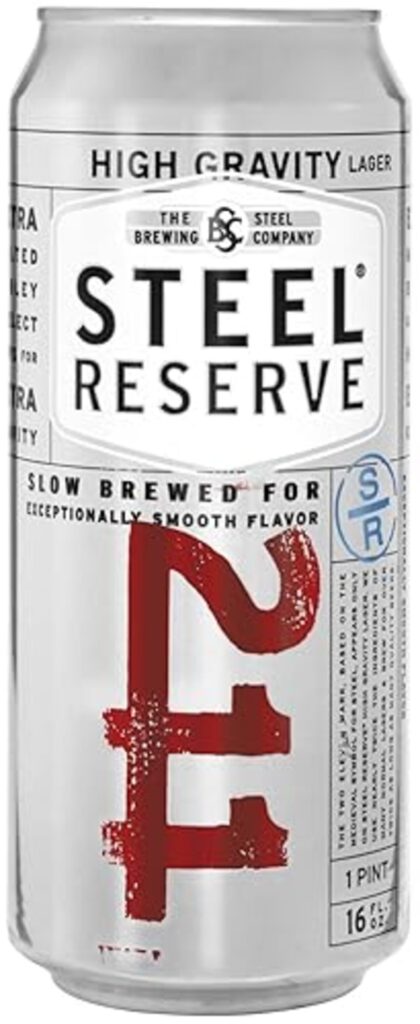
Steel Reserve doesn’t hold back on alcohol, but it also doesn’t hold up on taste. With its syrupy texture and overpowering malt sweetness, this beer can feel more like a challenge than a treat. The flavor starts sweet, shifts bitter, then leaves a strange chemical tang behind. It’s technically a malt liquor, but it lacks the smoothness or depth that stronger beers can offer. Even fans of bold brews usually admit that one can of Steel Reserve is enough. It’s a drink that’s strong for strength’s sake, not for satisfaction.
3. Busch Ice
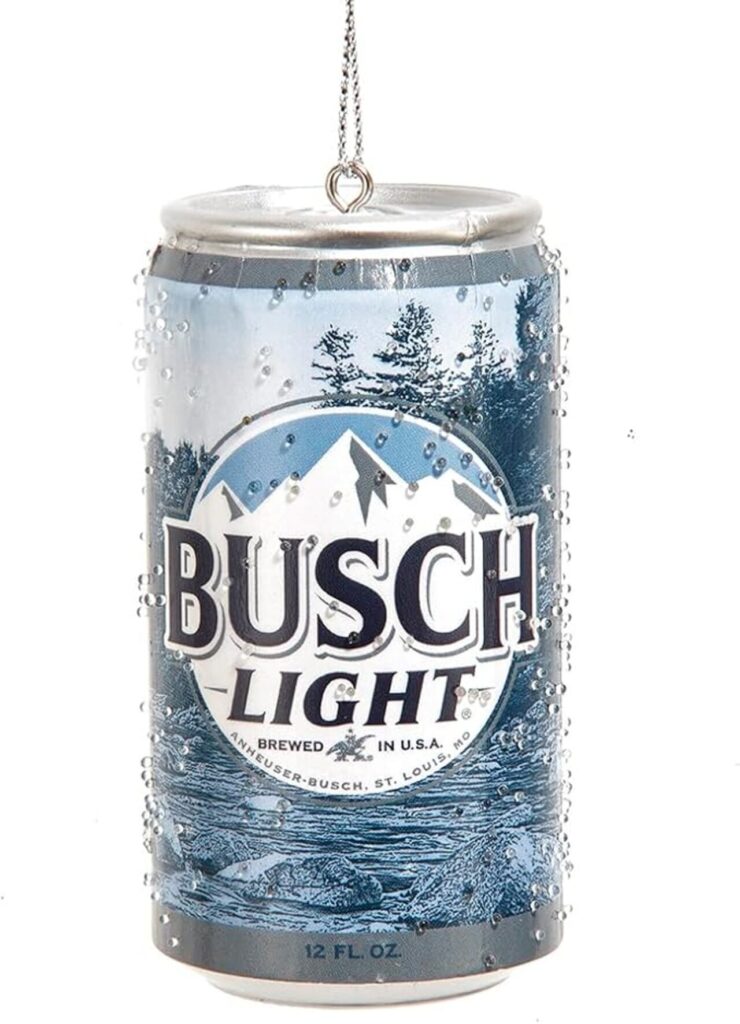
Busch Ice aims to deliver more punch than your standard light lager, but it misses the mark in the flavor department. The “ice brewing” process is supposed to make it smoother, yet what you actually get is a confusing mix of sweet malt and metallic bitterness. It’s overcarbonated and oddly harsh, even when served cold. Most drinkers describe it as flat-tasting after the first few sips. Sure, it’s cheap, but if you’re chasing refreshment, regular Busch or another budget lager will give you a far better experience.
4. Milwaukee’s Best Light
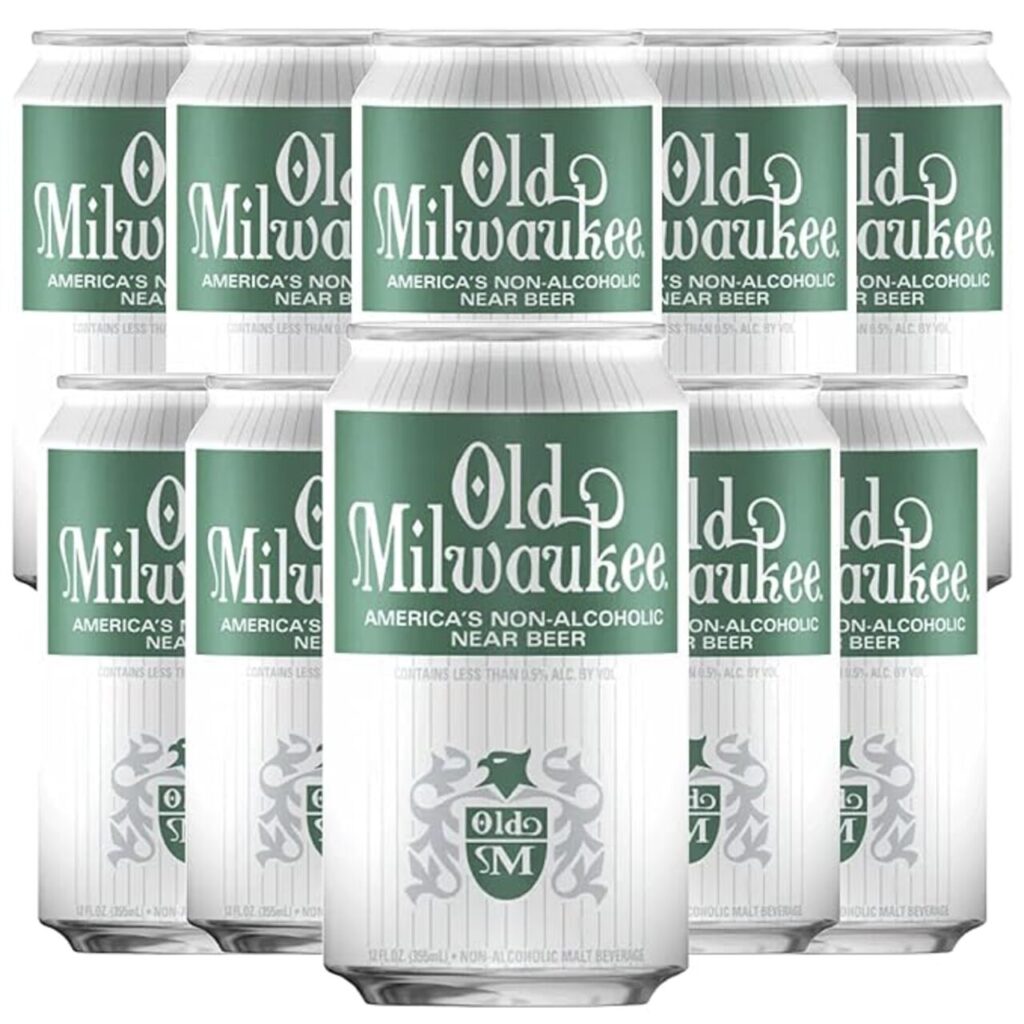
Milwaukee’s Best Light is a beer that tries to do too much with too little. It’s marketed as crisp and refreshing, but what you actually get is thin and forgettable. The flavor is faintly grainy, with a watery finish that disappears almost instantly. It’s one of those beers that never offends but never satisfies either. Even for light beer fans, it lacks substance and any real body. If your goal is an inexpensive, drinkable option, there are plenty of better choices that won’t leave you wondering why you bothered.
5. Keystone Light
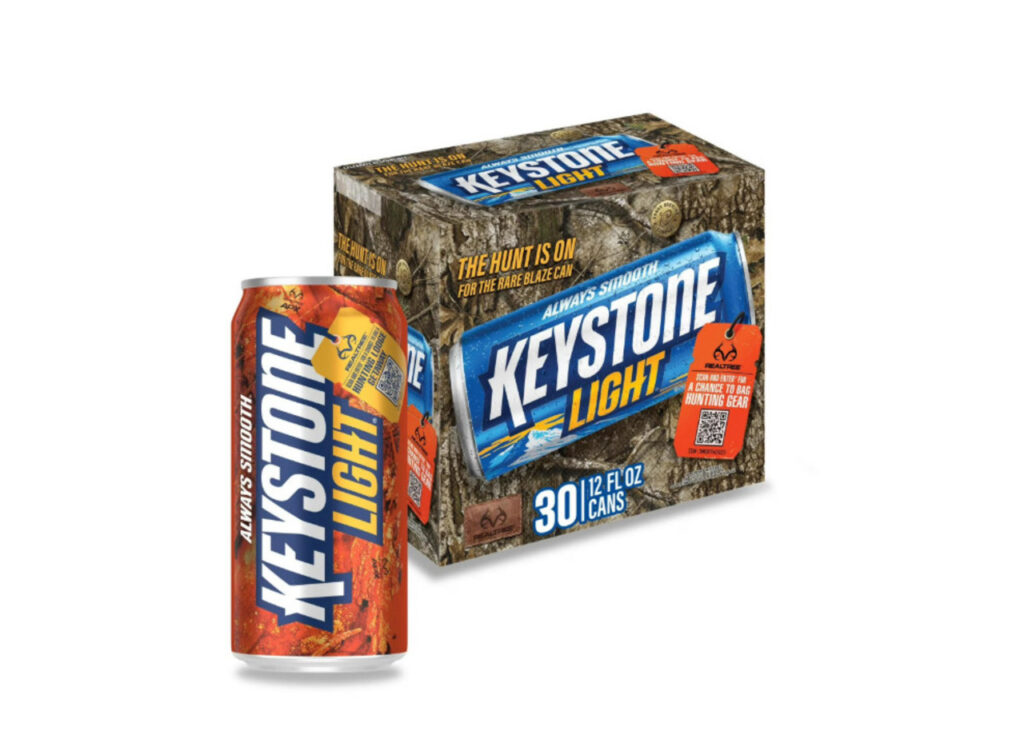
Keystone Light built its name on being “always smooth,” but most drinkers would argue otherwise. The taste is weak, overly carbonated, and slightly sour, more like watered-down grains than an actual lager. It’s tolerable when ice-cold, but once it warms, the off flavors come through fast. There’s nothing offensive about it, but nothing redeeming either. It’s the kind of beer that ends up at the bottom of a cooler long after the better options are gone. Cheap doesn’t have to mean bad, but in this case, it does.
6. Genesee Cream Ale
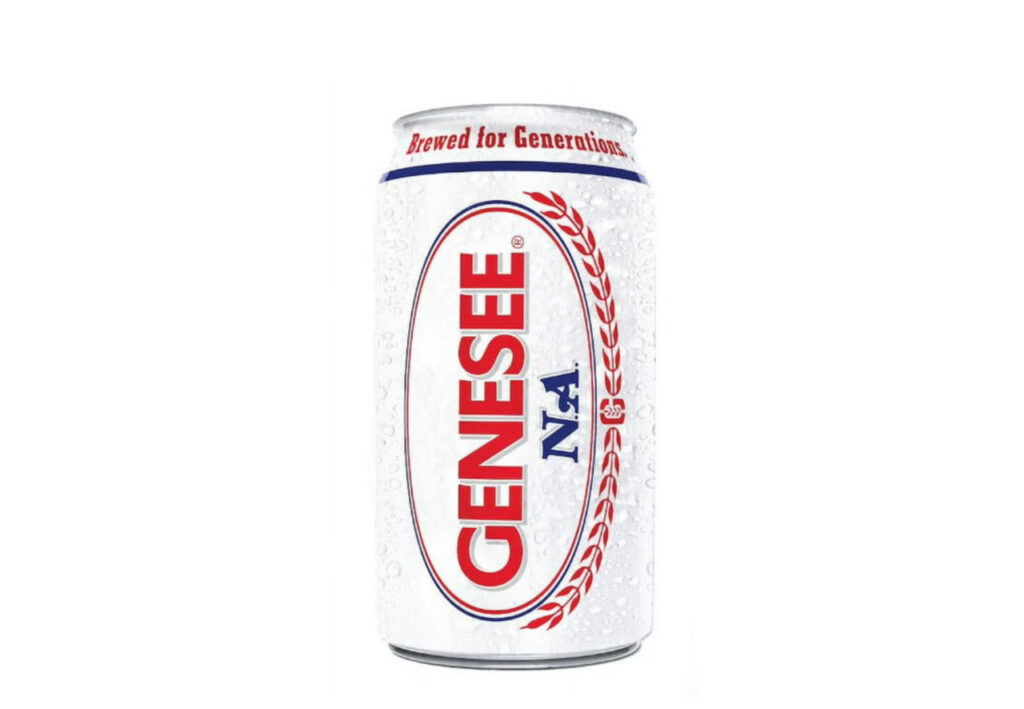
Genesee Cream Ale is a nostalgic pick for many, especially in the Northeast, but nostalgia doesn’t make up for its odd taste. It tries to bridge ale and lager styles, yet ends up landing awkwardly in between. The creamy texture doesn’t match the thin flavor profile, and the metallic aftertaste lingers far too long. It’s drinkable in small doses but quickly wears out its welcome. Longtime fans might call it “unique,” but for anyone new to it, Genesee Cream Ale feels more confused than classic.
7. Pabst Ice
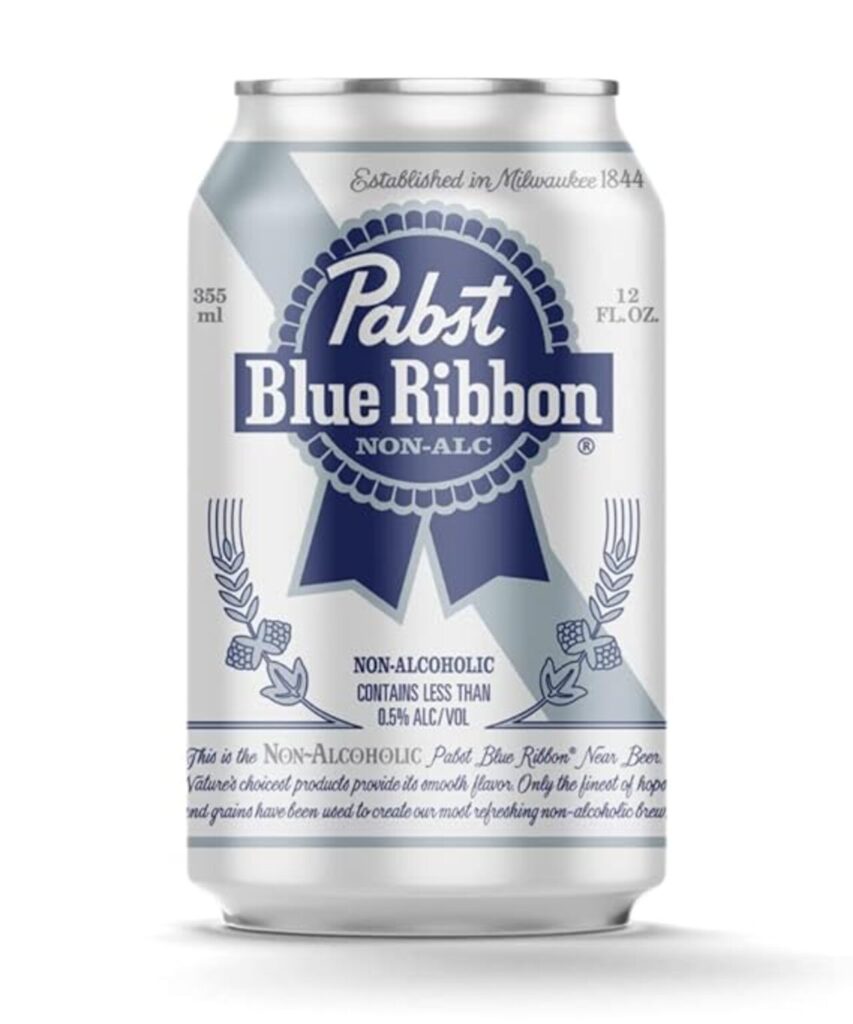
Pabst Ice is what happens when a classic brand takes a solid beer and overpowers it. It has a heavier body than the original Pabst Blue Ribbon, but the flavor doesn’t match up. The malt comes across as syrupy, and there’s a sharp, almost medicinal taste that lingers after each sip. The carbonation feels forced, and by the end, you’re more aware of the alcohol burn than the beer itself. Fans of regular PBR might be curious to try it once but one can is usually enough to learn the lesson.
8. Olde English 800
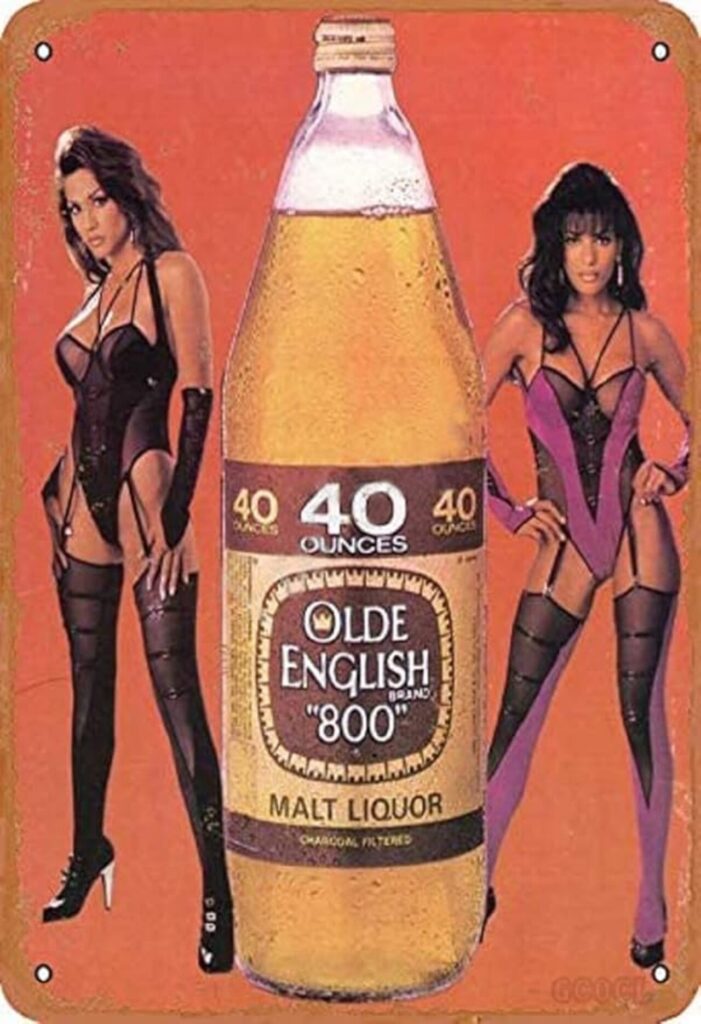
Olde English 800, often called “OE,” has been a longtime favorite for its strong buzz at a low price. But if you’re chasing flavor, this one’s hard to enjoy. It hits with an overpowering sweetness followed by a harsh alcohol burn that overshadows everything else. The malt taste feels artificial, and the finish is thick and syrupy. While it’s been a cultural icon in some circles, the reality is that it drinks more like a malt syrup than a beer. Even among budget brands, Olde English 800 stands out for the wrong reasons: strong, cheap, and rarely pleasant.


